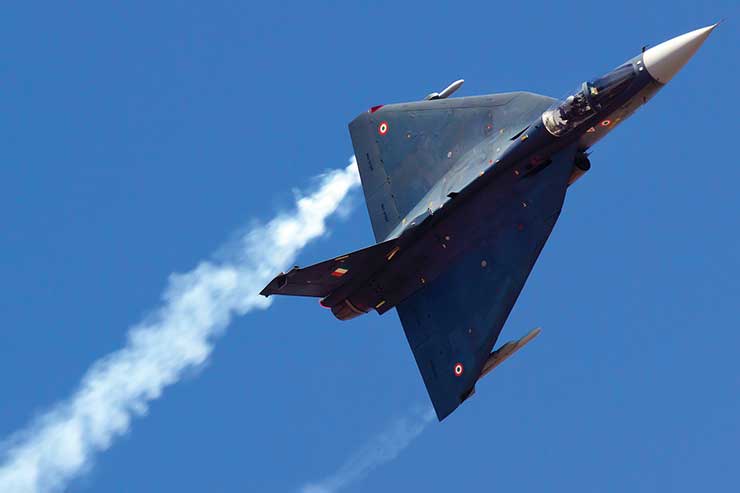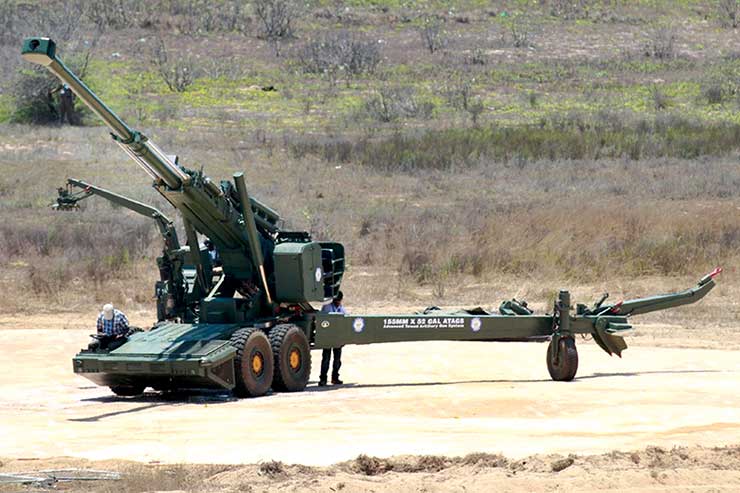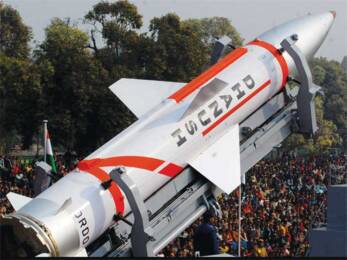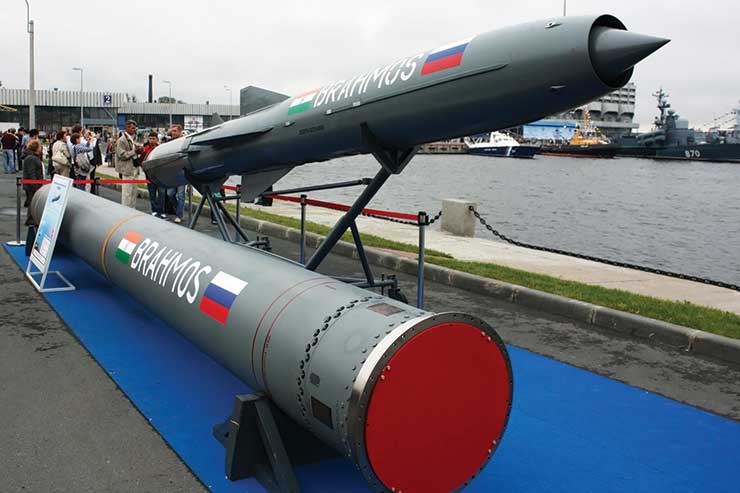
The Indian defence sector was opened up to the private sector about two decades ago with the aim of achieving self-reliance in its requirements of defence stores. Yet, even to this day, the country’s dependence on imports to meet its shortfall in armament and defence equipment continues, with India still ranking among the world’s largest defence importers. While several private players have no doubt entered the Indian defence manufacturing space, the sector remains largely government-controlled and incapable of meeting the requirements of its armed forces.
A lesson learnt from the experience of previous wars is that during a crisis India has been compelled to reach out to its partner nations for emergency supplies, and in such situations, these countries have either not stepped up to meet our requirements or have charged us heavily for critically needed supplies. Such situations have the potential to limit foreign policy options besides impacting the overall trade and commerce matrix.
A nation’s expectations from the defence industry are threefold: To ensure that its armed forces are at all times equipped to match the firepower of the adversary; that there are requisite surge capacities to sustain extended periods of intense operations; and, that the capacities and competencies of the industry are aligned to and developed in tandem with the requirements of future wars.
The need for institutional and policy reforms to bolster and streamline defence production is obvious. Despite a number of ‘reforms’ being initiated in the recent past, the question still remains as to why the ‘big leap’ in defence manufacturing seems a distant dream. Therefore, it is important to understand the factors that continue to impede the effective growth of the defence sector. In this backdrop, it is imperative to identify and address the fault lines in the government-industry meeting ground. Some of these are discussed below:

Work Culture in the MoD
Defence production is a long-term commitment in terms of both investments and time. The need is to nurture long-term partnerships for results to fructify. Countries like the US, UK and France who are leading in defence manufacture have developed an ‘inclusive’ culture of their governments working with the private sector. An ambience of mutual trust and frequent exchanges to identify and resolve emergent issues is necessary and needs to be institutionalised. Every collaborative endeavour needs to be viewed as an individual opportunity and such issues specific to that contract must be addressed on a case-by-case basis with provisions for leeway to resolve specific matters rather than through application of general rules and regulations. In effect, the procurement process needs to be more open, industry-friendly and professionally managed.
Need for Consistency in Policies
Every change in government brings its own set of new policies, and therefore, like in every other ministry, the MoD too has a plethora of policies with scope to change goal posts frequently and in an unexpected manner. The Raksha Udyog Ratnas (RURs) policy came up in 2006. Then there was the ‘Make-1’ policy followed by the Strategic Partnership initiative. The crux of all these policies was to create private sector ‘Champions’ who can compete with the Public Sector Undertakings (PSUs) that are already champions. However, the RUR was discarded and ‘Make-1’ followed, which too is effectively discarded now. Therefore, if we want private players in defence production to invest their money and talent on a long-term basis, then a credible and stable ‘level playing field’ is a requisite.
Harnessing Innovations
As far as innovation in defence production is concerned, the potential of the private sector to achieve manufacturing excellence has to be tapped. The Defence Innovation Organisation and the iDEX (Innovations for Defence Excellence), in particular the recently announced iDEX-2 are ambitious initiatives to select and incubate start-ups. However, the process of commercialisation and award of long-term contracts need attention in the context of harnessing private talent.

Need for a Long-Term Vendor Policy
There is no long-term vendor policy for defence PSUs (DPSUs) at present. Mostly, policies are oriented towards short-term or annual tenders. So, there is only that much and no further that a manufacturer would invest into a short-term procurement. Without stable, long-term vendor policies, joint ventures with world class companies are next to impossible and also become a roadblock for the industry being integrated into the global value chain. The need is for DPSUs to have strategic partnerships with MSMEs to build a world-class ecosystem.
Capability Mapping
It is a known fact that the ‘Make-1’ initiative did not take off on the expected and much-flaunted lines. The reason for that being bureaucratic lethargy and policy flaws. For instance, take the case of an ammunition manufacturing contract being outsourced to the private sector but which later got caught up in red tape. Even the share price of the prospective company shot up when the proposal was announced, but nothing much materialised on the ground. Such situations have the potential to dissuade other prospective investors and must be avoided at all cost. And that will be possible only with a comprehensive capability mapping of the private sector.
Stop Imports Where Manufacturing Capability Exists
It is a well known fact that we are still importing some products for which manufacturing capability exists within the country. There is a need to identify such items and their imports should be discontinued after incentivising local capacities. The negative list of defence import items as drawn up by the MoD requires to be expanded with corresponding measures to promote local production of those items.
Production Units Be Considered As ‘National Assets’
To take the ‘enhance local capabilities’ argument further, the fact is that there are an impressive number of national assets in the private sector – L&T, Bharat Forge (Kalyani Group), Private Shipyards (ABG, Reliance) etc., which remain under-utilised. The overarching principle in the government’s approach to the private defence sector should be to consider such production capabilities in the country as ‘national assets’.

Need For An ‘Indian Defence Finance Corporation’
By its very nature, private production cannot sustain unless cash flows are maintained. The MoD has substantial pending payments to the private industry. By modest estimates, roughly Rs 2 lakh crores is the fiscal requirement of the ministry to put in place a sustainable defence industrial infrastructure with requisite capacities. Suggestions have been made from the industry to create an Indian Defence Finance Corporation on the lines of the Indian Railways Finance Corporation that can raise money through bonds. By making the bonds redeemable over 10 years or so, the government could facilitate funding to achieve self-reliance by helping the industry through its take-off stage.
It needs no emphasis that the MoD’s quest should be to build up capabilities for effective national security, a cause that brooks no delay. Both the government and the private sector must realise and understand the criticality of the core purpose of their joint endeavour. The time has also come for an apex-level guidance document on National Security that would form the basis for planning by all stakeholders to make their decisions and draw up roadmaps.
-The writer is a Senior Fellow at the Centre for Joint Warfare Studies (CENJOWS). Views expressed are his own.








